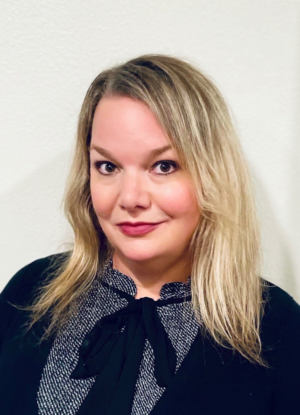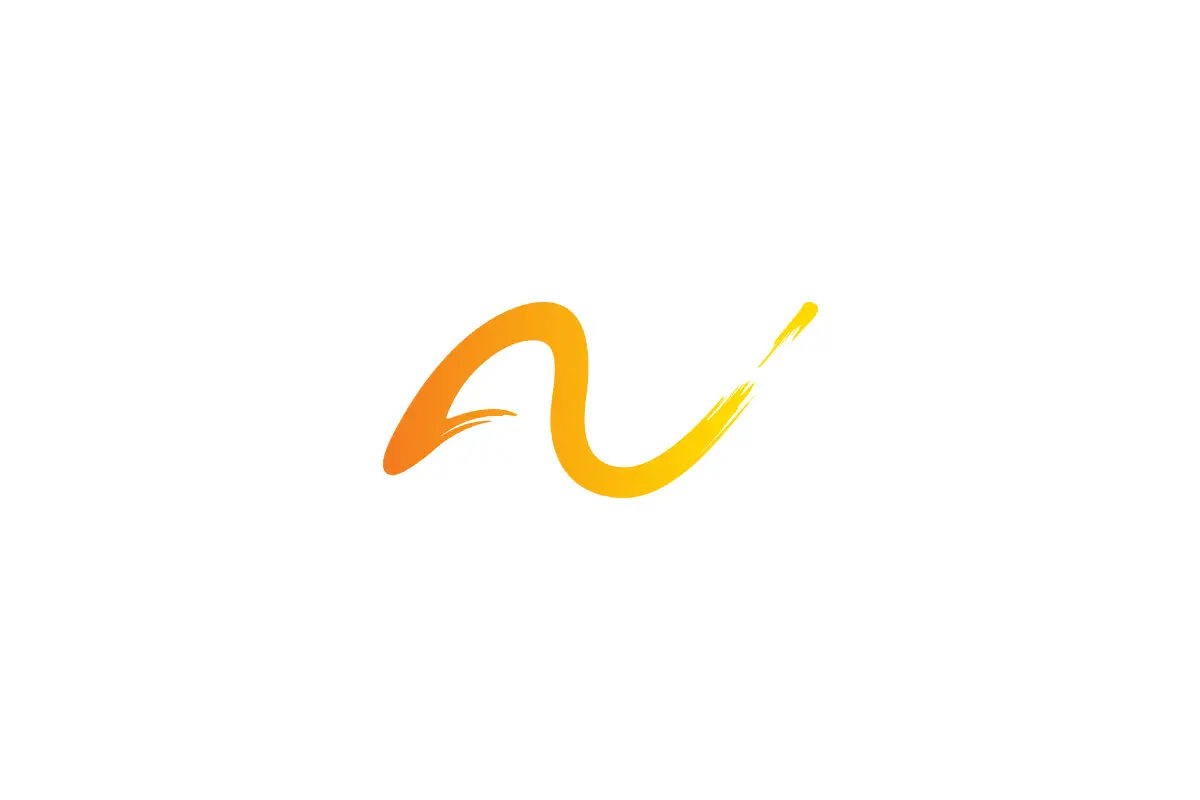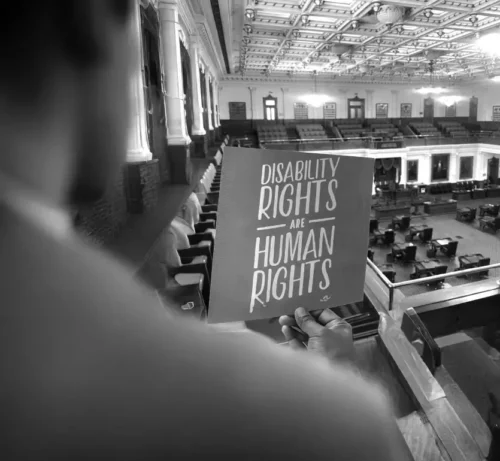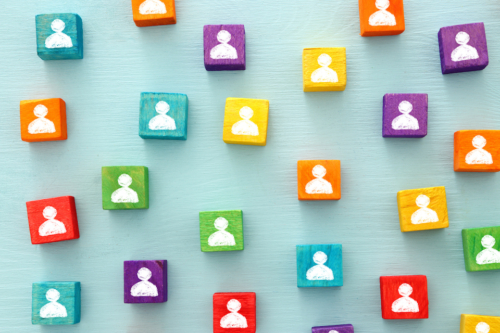Diversity, Equity and Inclusion Education
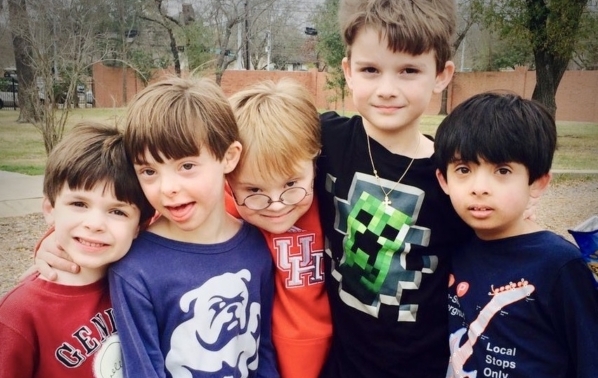
“A nation is formed by the willingness of each of us to share in the responsibility for upholding the common good.” Barbara Jordan
There has been a lot of talk lately about Diversity, Equity and Inclusion (DEI) education. The conversation has been welcomed by some and misunderstood by others. DEI education is not new and has been in schools as well as workplaces for decades. What is new is the misuse of the “I” in DEI. Inclusion is not just about race nor is it a bad word, although some people want you to believe that it is.
Something crucial is missing from the current conversation about inclusion. The voices of people with disabilities are unexplainedly absent. Inclusion is “our” word, a word that took generations of lobbying and campaigning to acquire. This current conversation about DEI in education is excluding the very largest group of marginalized people who would greatly benefit from inclusion–and that is the 14% of our student population who have disabilities.[1]
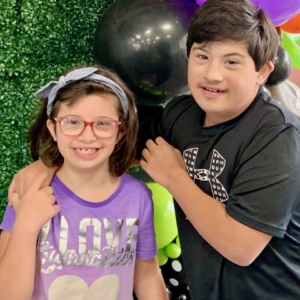
The difference between diversity and inclusion
While we often use the words diversity and inclusion interchangeably, it’s important to distinguish between the two. Author and DEI expert Mary-Francis Winters points out, “Diversity is about counting heads; inclusion is about making heads count. Another way to distinguish between diversity and inclusion is to define diversity as a noun describing the state, and inclusion as a verb or action noun, in that to include requires action.”[2] Diversity is a fact, inclusion is an act.
Today, the language around DEI education is being altered by groups with their own agendas. The word “inclusion” is not about a single group of people. Inclusion encompasses all groups, meaning that we include everyone no matter their ability, race, ethnicity, first language, religion, gender, sexual preference or income level. Real, meaningful inclusion is more than simply tolerance. It’s about helping others feel welcomed, valued and respected for who they are. It’s about viewing our differences as positive attributes and a resource, rather than a challenge or a detriment.
History
People with disabilities continue to battle centuries of biased assumptions, harmful stereotypes and irrational fears. The stigmatization of disability has resulted in the social and economic marginalization of generations of Americans with disabilities, and like many other oppressed minorities, has left large numbers of people with disabilities in a severe state of impoverishment. The Disability Rights Movement began on the heels of the Civil Rights Movement. It was in 1975 when the Education for All Handicapped Children Act was passed that equal access to public education was guaranteed for children with disabilities. This act of legislation specified that every child has a right to education and mandated the full inclusion of children with disabilities in mainstream education classes. [3] The word ‘inclusion’ has become associated with people with disabilities ever since.
It has been difficult to watch parents around the country who are against DEI education become enraged, yell and make threats at school board meetings. Perhaps some people believe that inclusion is a non-issue and that all students surely feel welcomed, valued, supported, respected and included in school communities. Just because name calling, physical and emotional abuse, and bullying in all its forms hasn’t happened to you does not mean it’s not happening to others. It assuredly is. Discrimination happens even if you don’t see it, and often it’s subtle.
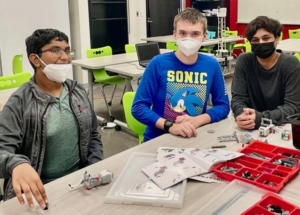
There is no “both sides” to inclusion.
There’s no being “for” or “against” inclusion.
Inclusion is not “reverse racism” or “indoctrination” or “taking away parental rights.”
Inclusion in education is a shared responsibility between students, administrators, teachers, communities and families to respect and value people for who they are. Inclusive practices should be modeled by all of us.
The “I’ in DEI is a good thing. Inclusion benefits all people. It’s good for communities and for society in general which is why we teach it to children beginning at an early age and the reason why employers value it in the workplace. Most large companies, organizations, colleges and universities now have entire departments devoted to Diversity Equity and Inclusion. Given demographic trends and the rise of global corporations, students are likely to grow up and be part of diverse teams in their workplaces. We need to suitably prepare them for experiences they will inevitably have in their professional lives.
Let us prepare our children for future success in life and not hinder them from it. The benefits of inclusivity reach far beyond the groups and individuals who are traditionally excluded. Inclusion benefits all of us and promotes more empathetic, prosperous communities.
Maggie addressing Inclusion 1/25/22 Eanes ISD
[1] U.S. Department of Education, National Center for Education Statistics. (2021). Digest of Education Statistics, 2019 (NCES 2021-009), Chapter 2.
[2] Mary-Frances Winters, “From Diversity to Inclusion: An Inclusion Equation,” in Diversity at Work: The Practice of Inclusion, 205-228, quotation on 206.
[3] Anti-Defamation League: A Brief History of the Disability Rights Movement (2018)


